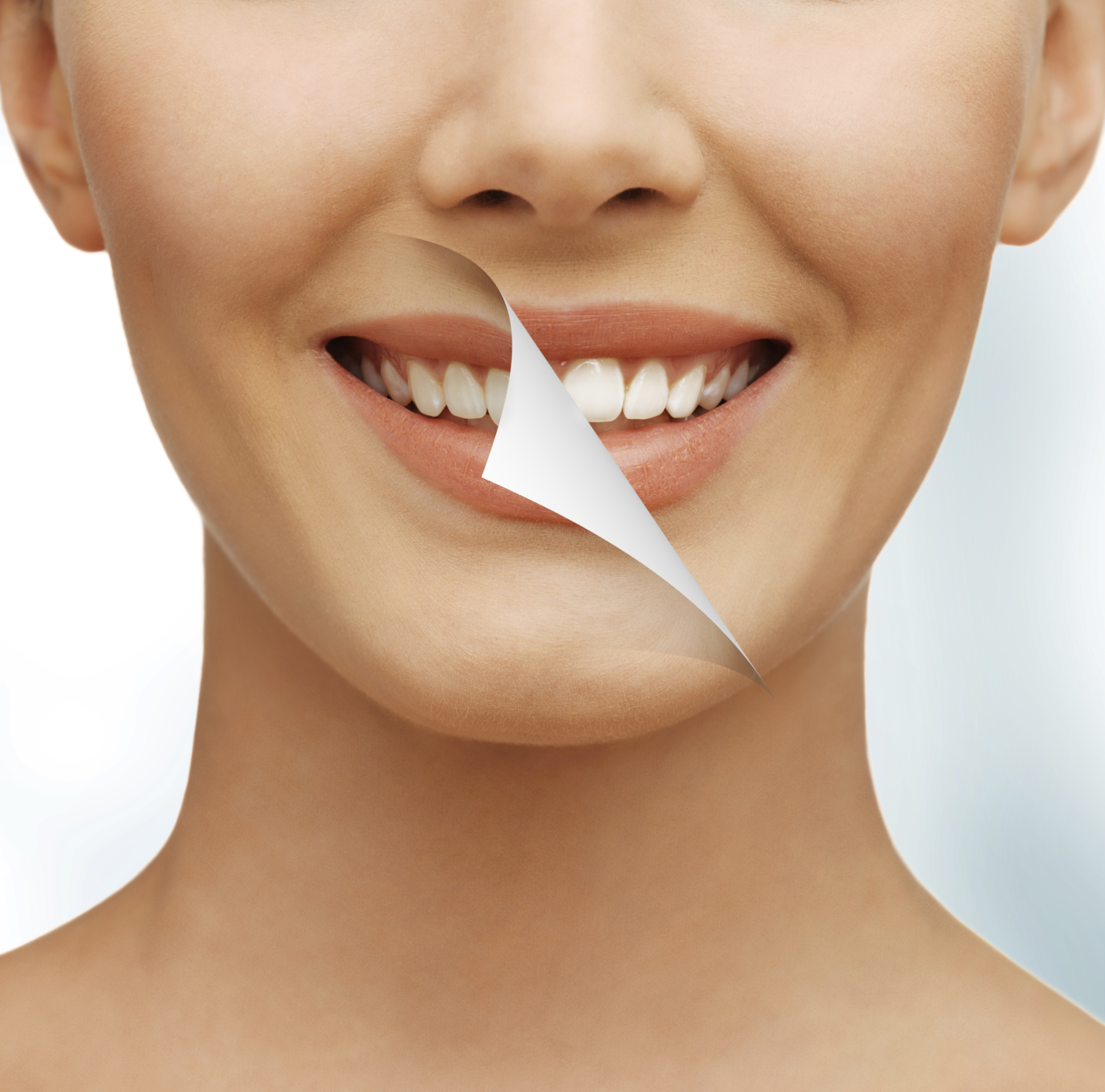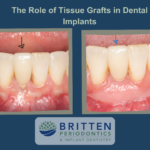There are three main types of tooth discoloration:
Extrinsic — This occurs when the outer layer of the tooth (the enamel) is stained. Coffee, wine, cola or other drinks or foods can stain teeth. Smoking also causes extrinsic stains.
Intrinsic — This is when the inner structure of the tooth (the dentin) darkens or gets a yellow tint. You can get this type of discoloration if:
You had too much exposure to fluoride during early childhood.
Your mother used tetracycline antibiotics during the second half of pregnancy.
You used tetracycline antibiotics when you were 8 years old or younger.
You had trauma that affected a tooth when you were a young child. A fall, for example, may damage the developing permanent tooth.
You had trauma in a permanent tooth, and internal bleeding discolored the tooth.
You were born with a rare condition called dentinogenesis imperfecta. This causes gray, amber or purple discolorations.
Age-related — This is a combination of extrinsic and intrinsic factors. Dentin naturally yellows over time. The enamel that covers the teeth gets thinner with age, which allows the dentin to show through. Foods and smoking also can stain teeth as people get older. Finally, chips or other injuries can discolor a tooth, especially when the pulp has been damaged.
Symptoms
Symptoms include stains on the enamel. They can range from white streaks to yellow tints or brown spots and pits. If the enamel has worn away, and dentin is showing through, you may notice a yellow tint.
Expected Duration
Some tooth discoloration can be removed with professional cleaning. An example would be the stains caused by coffee. Many stains are permanent, however. Teeth sometimes can be whitened with a bleaching gel. In some cases, if the discoloration is severe, a crown or veneer may be required to cover it.
Prevention
Brushing your teeth after every meal will help to prevent some stains. Dentists recommend that you rinse your mouth with water after having wine, coffee or other drinks or foods that can stain your teeth. Regular cleanings by a dental hygienist also will help to remove surface stains.
Intrinsic stains that are caused by damage to a nerve or blood vessel in a tooth sometimes can be prevented. You may need to have root canal treatment to remove the inner part of the tooth (the pulp) before it has a chance to decay and darken. However, teeth that have root canal treatment may darken anyway.
To prevent intrinsic stains in children, avoid too much early exposure to fluorides. Once the enamel is formed, fluoride will not discolor teeth.
Treatment
Many extrinsic stains caused by food and drink can be removed by regular professional cleanings and home care. Good home care includes brushing, flossing and rinsing after meals.
Discoloration often can be removed by applying a bleaching agent to the tooth enamel. One technique is called “power bleaching.” With this method, the dentist applies a light-activated bleaching gel. It causes the teeth to get significantly whiter in about 30 to 45 minutes. Several follow-up treatments may be needed, or take-home bleaching trays may be provided.
It’s also possible to remove discoloration at home. You will use a bleaching gel and a mouth guard given to you by your dentist. The bleaching gels designed for use at home aren’t as strong as those applied by your dentist. This means that the process takes longer — usually two to four weeks.
You also can buy whitening products over the counter. They contain a weaker bleach than the products you can get from your dentist. The whitening agent is applied as a gel placed in a mouthpiece or as a strip that sticks to your teeth. Over-the-counter mouthpieces fit less securely than the kind you get from your dentist, but they will lighten your teeth over time.
Whitening toothpastes may remove minor stains. They do not actually change the overall color of your teeth.
If your tooth has darkened after a root canal, bleaching the enamel won’t help. Your dentist can apply a bleaching material to the inside of the tooth, or you may consider a crown or veneer.
Bleaching will not lighten some stains, such as tetracycline stains. In this case, your dentist may recommend covering the discolored areas. This also may be useful when the tooth is chipped or badly damaged.
A tooth can be covered with a color-matched composite bonding material. Another option is to get veneers. These are thin ceramic shells that cover the outer surfaces of the teeth.
When To Call a Professional
Tooth discoloration is mainly a cosmetic problem. Visit a dentist if you’re unhappy with how your teeth look. Any change in a child’s normal tooth color should be evaluated by a dentist.
(Information from Colgate.com)
[iphorm id=”3″ name=”Contact form”]





